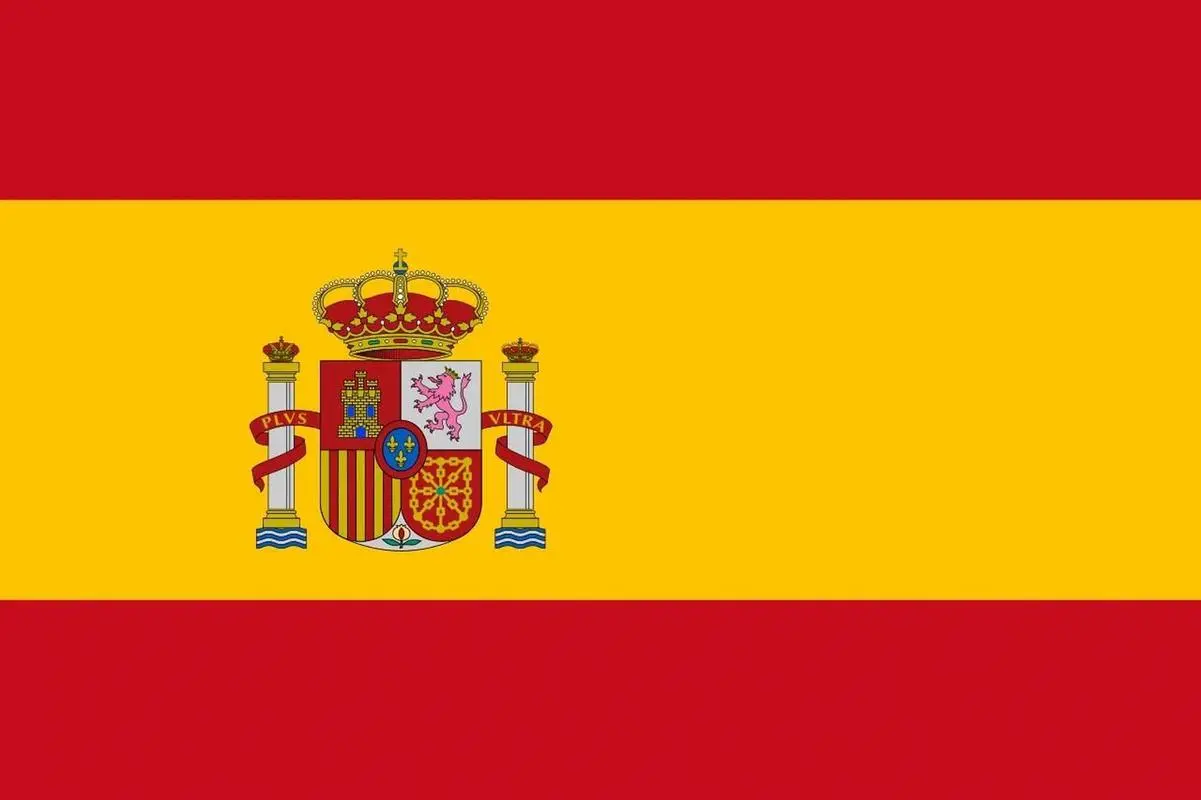Overview of Investment in Bosnia and Herzegovina

Overview of Investment in Bosnia and Herzegovina
Bosnia and Herzegovina (BiH) is located in the central western part of the Balkan Peninsula, adjacent to Croatia to the south, west, and north, and bordered by Serbia and Montenegro to the east. Bosnia and Herzegovina consists of two entities (Federation of Bosnia and Herzegovina and Republika Srpska) and one special district (Brcko District), with Sarajevo as its capital. As of October 2023, the total population of Bosnia and Herzegovina is 3.53 million, mainly Bosniaks.
The geographical features of Bosnia and Herzegovina include a total area of 51209 square kilometers, an average elevation of 500 meters, a Mediterranean climate in the south, and a temperate continental climate in the north. The geographical features of Bosnia and Herzegovina have a significant impact on its agriculture and tourism industries.
In terms of economic situation, Bosnia and Herzegovina is facing some challenges. Currently, over 1 million hectares of arable land are idle, accounting for more than 60% of the country's arable land area. Although the government provides agricultural subsidies, the subsidy amount is not sufficient to enhance the competitiveness of local agriculture. Experts warn that if Bosnia and Herzegovina continues to rely on imported agricultural products, it will face food security issues. In addition, Bosnia and Herzegovina's industry and foreign trade have also made certain progress. In January and February 2025, the total industrial output value of the Republika Srpska in Bosnia and Herzegovina increased by 13% year-on-year, with strong performance in the international market. In terms of tourism, Bosnia and Herzegovina achieved a good start in 2025, with a total of 61800 tourists received in the Republic of Serbia from January to February, an increase of 6% year-on-year.
The economic profile of Bosnia and Herzegovina includes the following aspects:
Industrial output value growth: In January and February 2025, the total industrial output value of the Republika Srpska in Bosnia and Herzegovina increased by 13% year-on-year, with strong performance in the international market and a 21% increase in industrial output value, while the domestic market only slightly increased by 0.9%. Classified by economic use of products, the output value of intermediate goods increased the most, reaching 26%.
The job market in the Federation of Bosnia and Herzegovina remains stable. Although the increase in the minimum wage to 1000 marks has raised concerns about layoffs, actual employment data indicates a mild market response. In the first two months of 2025, a total of 15400 employees terminated their employment relationships, a slight increase compared to the same period last year, but the overall trend remained stable.
Tax situation: In the first three months of 2025, the total indirect tax revenue of Bosnia and Herzegovina reached 2.751 billion marks, a year-on-year increase of 4.6%. In March, the monthly tax revenue reached 950 million marks, a year-on-year increase of 8.8%. The actual disposable net income was 2.21 billion marks, a year-on-year increase of 4.9%.
Tourism industry: Bosnia and Herzegovina's tourism industry achieved a good start in 2025. The Republic of Serbia received a total of 61800 tourists from January to February, an increase of 6% year-on-year; The number of overnight stays reached 173900, an increase of 4% year-on-year. The number of foreign tourists has exceeded 20000, with hot spring resorts being the main popular destinations.
GDP growth: The estimated real GDP growth for Bosnia and Herzegovina in 2024 is 2.5%, and economic expectations remain stable. Looking ahead to 2025, preliminary forecasts show an annual real GDP growth rate of 2.6% in the first quarter, mainly driven by the continued expansion of the service industry and rising real wages. The overall inflation rate in the first quarter may climb to 3.6%, with a core inflation rate of 3.9%.
The investment prospects in Bosnia and Herzegovina are generally optimistic, especially in the areas of infrastructure and new energy.
The investment prospects of Bosnia and Herzegovina in the fields of infrastructure and new energy are particularly prominent. Bosnia and Herzegovina has demonstrated the potential and effectiveness of the "the Belt and Road" initiative in its cooperation with China. Chinese companies have played an important role in infrastructure construction in Bosnia and Herzegovina, such as building highways and thermal power plants. These investments not only improved Bosnia and Herzegovina's infrastructure, but also set a successful example for private investment. In addition, Bosnia and Herzegovina has also made significant progress in the field of new energy, especially in wind and photovoltaic power generation. The government actively promotes energy transformation and attracts foreign investment and technology.
However, there are also some challenges in the investment environment of Bosnia and Herzegovina. Due to the lagging development of the capital market, especially the lack of digital investment, the public's investment channels are limited, and a large amount of funds flow into the real estate market, leading to increased pressure on housing prices to rise. Nevertheless, the job market in Bosnia and Herzegovina remains stable, and the increase in minimum wage has not triggered a significant wave of layoffs, indicating a smooth transition in economic policies.
Foreign direct investment situation in Bosnia and Herzegovina: According to data from the Central Bank of Bosnia and Herzegovina, from January to September 2024, Bosnia and Herzegovina attracted a total of 1.47 billion marks of foreign direct investment, which is lower than the 1.52 billion marks in the same period of 2023. In the first half of 2024, foreign direct investment amounted to 955.9 million marks, which is also lower than the 1.114 billion marks in the same period last year. The main investment countries include Croatia, Germany, Slovenia, and Austria, which invested 252.5 million marks, 240.2 million marks, 193.4 million marks, and 178.8 million marks in Bosnia and Herzegovina in the first three quarters of 2024, respectively.
Main investment areas: In terms of investment areas, the financial services industry is the sector that attracts the most investment, reaching 388.7 million marks, followed by the retail industry (excluding automobile and motorcycle trade) and wholesale trade industry. In addition, the manufacturing and banking industries in Bosnia and Herzegovina have also been proven to be the most attractive industries for international investors, accounting for 32% and 26% of total foreign direct investment, respectively.
Specific projects and companies for foreign investment: Some major foreign investors include ArcelorMittal, Amer Baustorf, Coca Cola, Gazprom, Heidelberg Cement, Henkel, Intesa Sanpaolo Bank, Lataris MANN+HUMEL、 Megger, Natron Hayat, Pepsi, Refison, Sberbank of the Russian Federation, UniCredit Bank Veritas、 The public, etc.
The impact of foreign investment on the economy of Bosnia and Herzegovina: Bosnia and Herzegovina's economic growth continues to attract foreign investment. For example, in 2024, the European Bank for Reconstruction and Development (EBRD) invested 213 million euros in Bosnia and Herzegovina to support green projects and promote economic transformation. These investments include improving energy efficiency, renewable energy and decarbonization projects, as well as supporting sustainable development projects for financial institutions and small and medium-sized enterprises.




